|
Ok so Lomos may not exactly be cold lenses but they are Russian, well soviet to be exact. They were built by the Soviets back in the days of the USSR and were derrived from Zeiss glass after the Russian invasion of Germany in world war two. They come in several different mounts and two types of virieties. I own a set of the Sphericals and have a lot of experience with them, and have grown to know their quality and strenghts. Lomos are a great transition into the vintage lens world, without breaking the bank in cost and without being to extreme in look. The LookThese lenses have a look similar to what you would expect from the Zeiss super speeds and standard speed series. They've got good contrast and pretty decent resolving power. Like the older Zeiss glass, the image they render tends to blend together very organicly, nothing really "pops" out of the image, like on a cooke lens. They don't have much of a color shift in general, and give a fairly nurtral color cast. Lomos have a bit of a desaturated and muted look, but not overly so. I like to say these lenses love to grab onto texture. The more texture and the more grungy the better. Anamorphic and sphericalLomos come in two virities; Anamorphic 2:1 and Spherical. The Anamorphics have quite a large ammount of distortion. They're great for music videos and more artistic proojects, but may not be the best choice for contemporary looking stories. The anamorphics should be avoided for anything needing a lot of visual effects, as the high distortion will be hard on any post house. If they match the look perfectly make sure to shoot a lens distortion chart for the VFX supervisior, as these can have quite unique qualities. The anamorphics are also known to have less resolving power. They're quite soft lenses and should be downsampled as often as possiable. Shooting HD for HD delivery won't yeld the best results, and I personally think they should only be shot in 4K or higher resolution to bring some sharpness back into the image after downsampleing to HD. Trust me you won't think it's too sharp after the downsample. MountsTheir are various types of mounts that were created durring the russian era of manufacturing lomos. OCT-18, OCT-19 and BNCR. OCT-18 lenses were more typical of 16mm cameras and it's common to find lenses where the front element rotates as the focus shifts. These are not as common in the field today due to the high amount of rotational distortion when focusing. OCT-19 lenses are very similar to the early Zeiss lenses, with the Iris in the front of the lenses. OCT-19 is almost identical to PL mounts except that they're a little larger and the key is shifted to the top and center. BNCR is similar to OCT-19 and some lenses are able to fit both type of mounts. Today the modern Lomos which are not related to the origionals other then in name use the Arri style PL mount. Many of the vintage sets in use today go through a modification process to convert the mount to PL. Some are rehoused, but few lens techs will touch them. The lenses can be hard to service depending on what types of servicing they received in soviet days. The joke is that they were lubed with vodka. HistoryLomos have some of the most interesting history as far as lenses are concerned. They were made by the soviet union in the days of the USSR, which most people know. Their origional birthplace is in germany however. In world war two when the russians pressed into Germany. The Zeiss factory was invaded and the origional plans and even some of the origional raw glass was taken back to russia.
The mount was modified after the war to it's various types to keep them from being used if the Allies were to capture any sets. Durring the time of the USSR and due to comunism, Lomos were free to anyone with the aurthorzation to use them and own a set. If you had an issue with the build quality of a particluar lens that would be no issue to replace one out for a new one. However, the old lens would have to be destroyed in order for a new lens to be issued. The same is true if the license to own a set expired. So many of the sets we find today and many of those in the US were hidden away from distruction for many years until the fall of the USSR. My personal set of lenses were hidden in a storage facility for 20 years in kyrgyzstan, and many other sets share similar stories. |
AuthorWill Turner is Cinematographer working in Los Angeles. Archives
June 2019
Categories
|
© WILL TURNER 2022


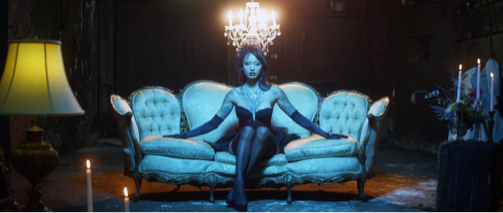


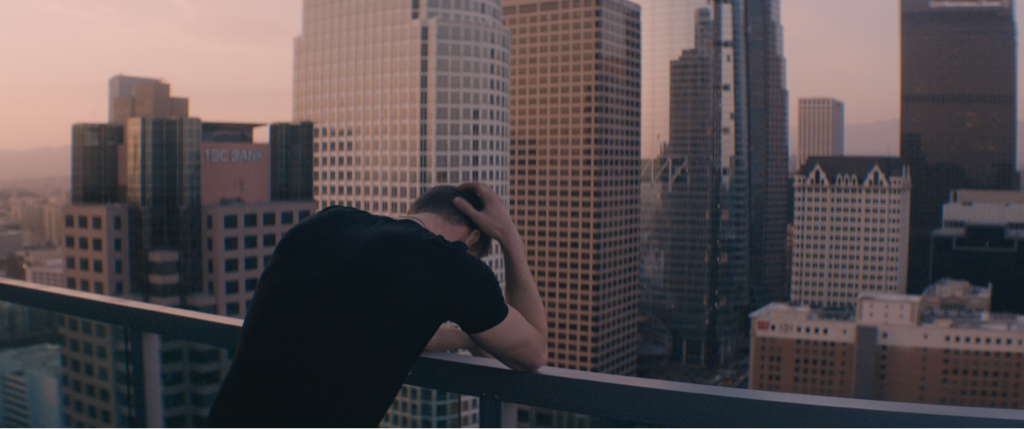

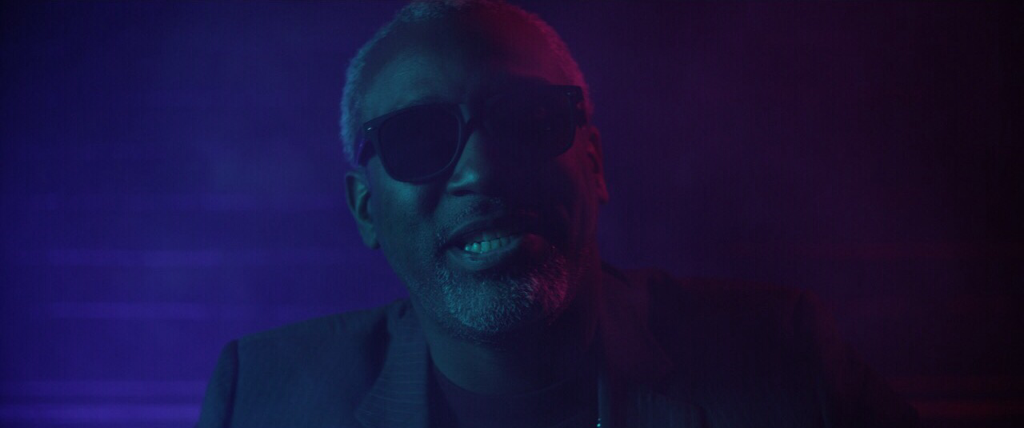
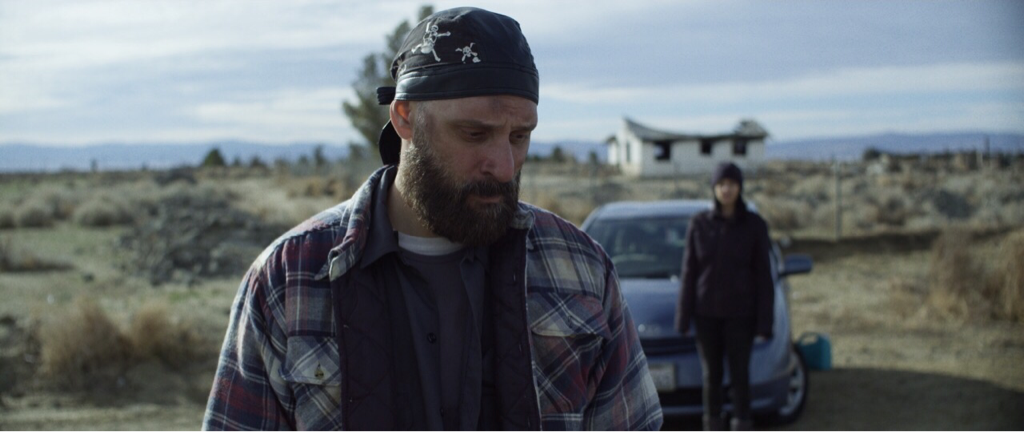
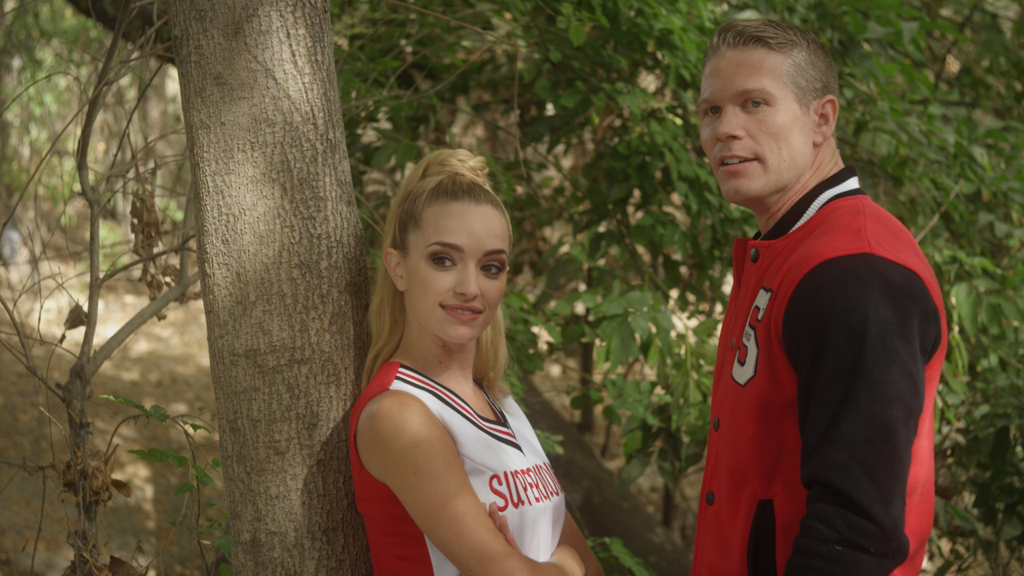

 RSS Feed
RSS Feed